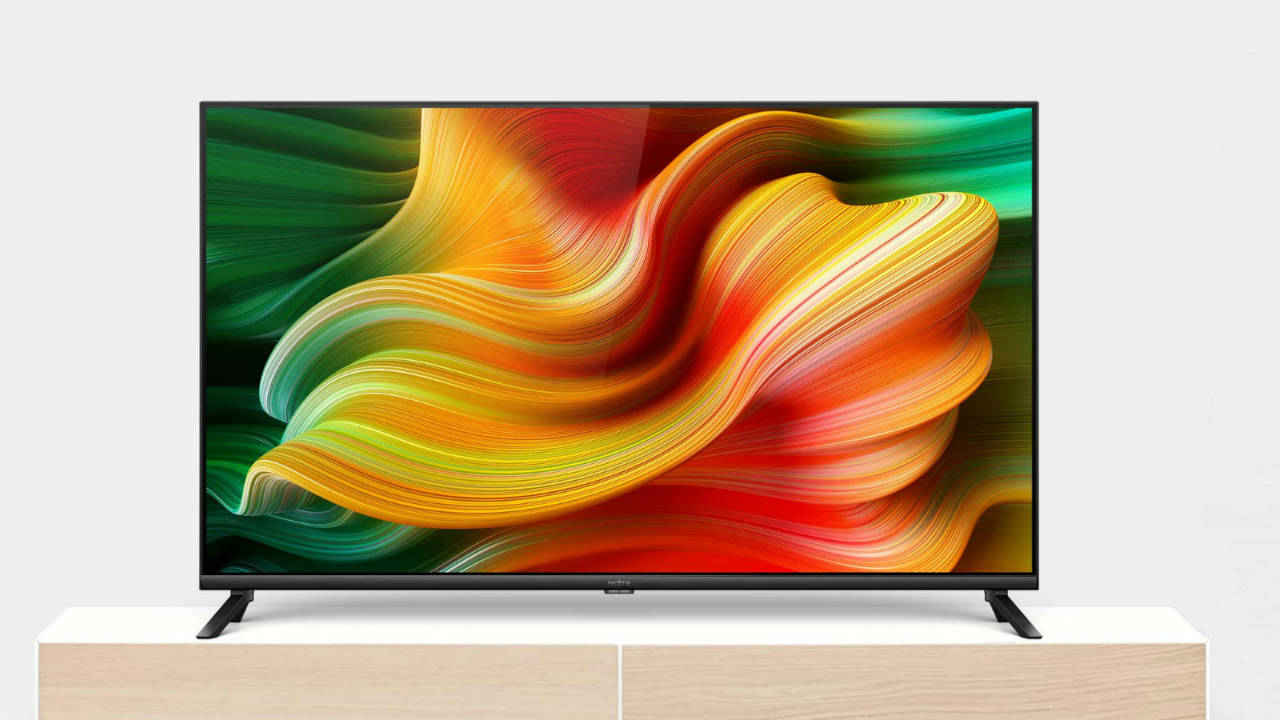5 things to look for when purchasing a new TV

Here are some simple things to keep in mind when purchasing a new TV.
Aspects like screen size and viewing distance are very important.
Smart capabilities, connectivity and more are discussed in the article below.
Buying a TV can be a hard decision these days. With the amount of technology that a TV packs, from resolution to different HDR standards, refresh rate and OSes, there are many things to consider, not to mention the correct screen size for you. Unlike a smartphone, a TV is a gadget that can serve you for almost a decade before needing a replacement. Hence, it is essential you get the right TV for your needs. If you are in the market to purchase a new TV, then here are five things you need to consider before making your purchase decision.
Screen size
The most important thing to decide is the screen size of the TV. You should consider a larger screen size for a more cinematic experience if you have a large room. However, a large screen in a small room can be an uncomfortable content consumption experience. So, ensure you sit at a comfortable distance from the TV. There is a simple way to know the minimum viewing distance for a particular screen size – divide the size of the TV by 10. So, the minimum viewing distance for a 55-inch TV is 5.5 feet. For a 65-inch, it's 6.5-feet. For a 75-inch TV, the minimum viewing distance should be 7.5 feet. You get the drift. Anything closer can be an uncomfortable viewing experience. Remember, this is the minimum viewing distance. You can always move further back.
Resolution
Unless you are looking at a 32-inch or 40 to 43-inch TV, we say, go for a 4K TV. There is a plethora of content available in 4K via streaming services. Some TV brands do an excellent job of upscaling 1080p and even 720p content on the display to give you a good content consumption experience. 1080p is a good option for smaller screen sizes such as 43-inches or smaller. There is no point investing in an 8K TV right now. Not only are they too expensive, but there is no 8K content for you to stream from streaming services. While YouTube has some 8K content, don't expect to stream your favourite movie in 8K via Prime Video anytime soon.
TLDR, go for a 4K. It's too soon for 8K, FHD is only an option for screen sizes 43-inch and smaller.
HDR
HDR stands for High Dynamic Range. It essentially gives you a richer content consumption experience in terms of colours, contrast and brightness. There are a number of HDR standards, but the one to watch out for is Dolby Vision. As the name suggests this is Dolby’s HDR standard and is available on a large number of TVs. HDR 10 is an open standard and is available on many more TVs. So, try and get a TV with Dolby Vision, if you can. A lot of TVs advertise HDR as a unique selling proposition, but a lot of budget TVs deliver a lacklustre HDR experience. So, try and identify the peak brightness of the TV before purchasing it. A minimum of 400 nits of brightness is needed for an acceptable HDR experience.
OS
Almost all TVs today are Smart TVs and run on an operating system, just like your phone. There are a few popular OSes. LG has its own WebOS, Samsung has Tizen, and a majority of other TV makers like Sony, Redmi, Mi, OnePlus, TCL and more run on Google’s Android TV UI. Some brands like Xiaomi, OnePlus and more have their own UI overlaying the Android TV. These OSes essentially let you connect your TV to the internet and consume content from streaming services like Netflix, Prime Video, Disney+ Hotstar and many more without resorting to an external device. A lot of these smart TVs can be controlled via your Google Assistant and Alexa enabled smart speakers. Almost all TVs running on these popular OSes come with a voice-enabled remote control letting you control the TV by simply using your voice. You can also control your Google Assistant or Amazon Alexa enabled smart bulbs and security cameras from the comfort of the TV. Safe to say, your smart TV can act as a one-stop hub for all your smart connected devices.
Connectivity
Last but not least are the connectivity options. Ensure you have a minimum of three HDMI ports on the TV to connect devices such as your set-top-box, gaming console and more. If you are looking to connect your TV to a soundbar or home theatre, then ensure the TV comes with an HDMI ARC or eARC port. ARC stands for Audio Return Channel and eARC is Enhanced Audio Return channel. Some TVs come with a new HDMI standard called HDMI 2.1. Look for this if you want a future proof TV. This also come with other connectivity options such as an optical audio port and some also sport a 3.5mm AUX port. TVs also come with USB ports, letting you consume content off a pen drive. They also come with support for Bluetooth. To connect to the internet, you have access to Wi-Fi along with an ethernet port.
That was a quick look at five things to consider when purchasing a TV.
Sameer Mitha
Sameer Mitha lives for gaming and technology is his muse. When he isn’t busy playing with gadgets or video games he delves into the world of fantasy novels. View Full Profile




